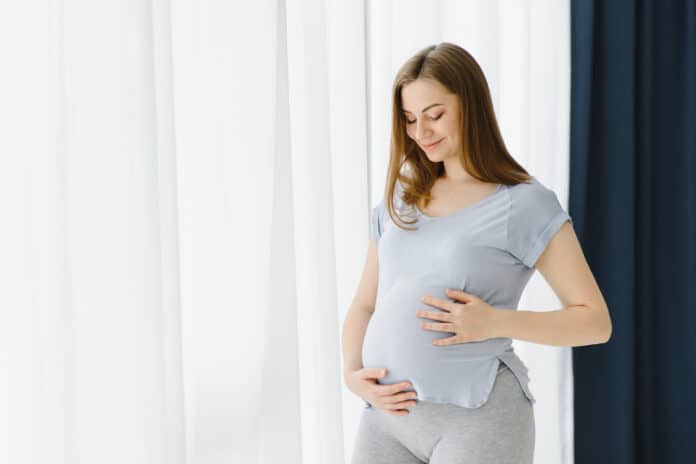In Australia, over 34% of women have a cesarean birth, with a considerable proportion occurring in late labor when the fetal head is deep in the mother’s pelvis and can be impacted. This makes childbirth difficult and offers significant hazards to both the mother and the child.
An impacted fetal head (IFH) occurs in around 10% of all emergency cesarean births (CB), making it difficult for doctors to deliver the infant and contributing to lengthier delivery durations.
According to recent statistics, while most newborns delivered after IFH sustain mild injuries, 2% of these children die or suffer significant disabilities with permanent implications. According to the NHS Resolution report in the United Kingdom, impacted fetal head (IFH) causes 9% of preventable brain damage at delivery.
Complications for the mother include increased blood loss, a higher risk of infection, bladder, and urinary tract damage, uterine rips that must be repaired and may create problems in following pregnancies, or even a hysterectomy. While the baby has suffered head and faces lacerations and bruising, skull fractures, and hemorrhages, there have also been allegations of eye damage.

According to a Scientific Impact Paper published in BJOG: an International Journal of Obstetrics & Gynaecology by the Royal College of Obstetricians & Gynaecologists in the United Kingdom and Professor Annette Briley at Flinders University, there has been a significant increase in cases of IFH injuries in recent years, with maternity staff implementing varying approaches and no consensus regarding the definition or training regarding management to help deliver the baby during CB.
Management strategies for this obstetric emergency include
- having an aid push the baby’s head up during birth,
- delivering the baby feet first,
- using an inflatable balloon device (Foetal Pillow) designed to raise the baby’s head, and
- using medication to relax the mother’s womb.
However, after reviewing the existing evidence, this scientific impact publication concluded that there currently needs to be a consensus on the optimum method for these high-risk situations.
Various movements and equipment have been created to aid in delivering the baby in this situation. However, there still needs to be an agreement on which is best for mothers and newborns or on the training required for workers managing this emergency.
Key steps need to be taken to improve standards:
- High-quality, adequately powered RCTs are required to compare techniques to manage and prevent IFH.
- A universally accepted definition of IFH would facilitate future research and education.
- Women and their partners need to inform research on the language and management of IFH.
- Developing and implementing an evidence-based multi-professional educational package would lead to consistent managing this obstetric emergency.
- More research is required on the efficacy and cost-effectiveness of the Fetal Pillow.
Research co-author and midwife at Flinders University, Dr. Annette Briley, said, “This scientific impact paper aimed to examine all the current available evidence regarding different maneuvers and devices currently in use to manage IFH, with the results integrated into the findings of a systematic review commissioned by the National Guideline Alliance (UK).”
Dr. Annette Briley, a Flinders University research co-author, is part of a team designing and evaluating the Tydeman tube, a novel single-use, hollow silicone tube implanted to elevate the baby’s head. Before it may be used, more clinical research into its efficacy and safety is needed. He is developing and testing the Tydeman tube. This novel single-use hollow silicone tube is implanted to raise the baby’s head. It is intended to lessen applied pressure to the head and any suction impact once access is gained.
Journal Reference:
- K Cornthwaite, R Bahl, et al. Management of Impacted Fetal Head at Caesarean Birth. RCOG Scientific Impact. BJOG. DOI: 10.1111/1471-0528.17534
